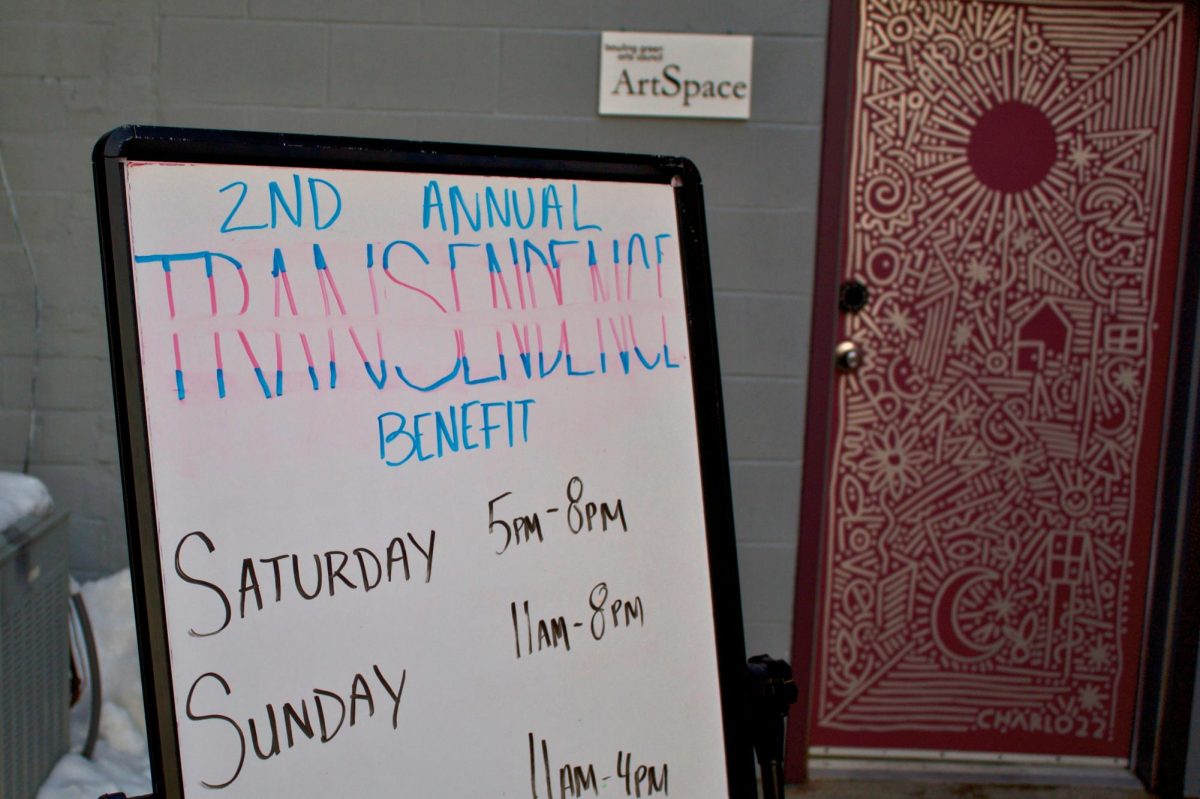University officials and the Faculty Association may have clashed in the wake of 40 faculty cuts this past semester, but recently they’ve been able to come together to reach some sort of consensus.
This week, both parties announced a resolution resolving disputes about the faculty cuts the administration announced in November. The agreement addresses the 30 non-tenure track faculty on one-year contracts who were notified their contracts would not be renewed, as well as the 10 faculty members on terminal contracts.
“We agreed that we need to move forward together,” said Bill Balzer, vice president for Faculty Affairs and Strategic Initiatives. “We’re happy we’ve been able to reach this agreement.”
Part of the agreement provides severance pay to 18 individuals with four or more years at the University.
Individual severance pay is between $8,680 and $26,410 at a rate of one month per every two years of service, Balzer said. The amount is based on years with the University and salary.
The University will pay a total of approximately $300,000 in severance, said University Spokesperson Dave Kielmeyer.
Sansanee Longbrake, instructor in the School of Teaching and Learning, said the severance pay many faculty will receive is “the least the University could do,” but it’s not the best option for faculty no longer employed.
“Severance or not, it’s not a job,” Longbrake said. “That’s only a certain amount of money that doesn’t guarantee us anything.”
Longbrake is one of the 30 non-tenure-track faculty members who will not return in fall.
Longbrake has been at the University for nine years, which made it unexpected for her to find out her time at the University is coming to a close. To her, it doesn’t make sense.
“One word I can use to sum it up is ‘disappointment,’” Longbrake said. “It was out of left field. It’s just upsetting.”
The resolution also reappoints five individuals on terminal contracts for next academic year. This was the result of these faculty members filing successful seniority challenges to their non-reappointment.
But while five of them will return, an additional five non-tenure-track faculty with one to three years of service will be cut as a way to “offset” the returning terminal faculty, Balzer said.
Those notifications will be made by April 1, as stipulated in the Collective Bargaining Agreement.
Another two individuals who were originally cut will return next year to jobs that opened at the University and Firelands in November.
“We’ve done the best that we can to make the best of a bad situation,” said Faculty Association President David Jackson, an associate professor in the Political Science Department. “We’re optimistic that we can continue in the spirit of cooperation.”
That cooperation will include both parties continuing to focus on recruiting and retaining students, particularly during the President’s Day event on Monday.
“Faculty have always worked hard to recruit and maintain students,” Jackson said. “We’re more than happy to encourage faculty to keep up the good work.”
Both parties avoid grievance, opt for informal resolution
After the administration announced the faculty non-renewals in November, a legal team went to work to see if the action was in compliance with the CBA.
The Faculty Association determined there was a class action grievance violation to the contract, said Jim Evans, Faculty Association contract and grievance officer.
“That’s a very large number for one such situation,” Evans said, referring to 40 faculty getting cut at once. “To get such a large group all at once was something that called attention to itself.”
The initial step of the new grievance procedure is to attempt an informal resolution of the disagreement.
“We realized we could work together to come to some mutually acceptable solution,” said Evans, professor in the Geology Department. “We kept pursuing through some ups and downs.”
Balzer also said it was a positive sign that the two parties could find common ground without resorting to the arduous grievance process, which could have left all sides unsatisfied, he said.
“We started seeing there might be some opportunity for more conversation,” Balzer said.
While an agreement was reached, Evans and Jackson were not completely satisfied, as the same number of faculty will ultimately still lose their jobs.
“It’s not like we’re thrilled to death this happened because we’re sad for this loss,” Evans said.
The resolution also requires that both sides consult one another prior to future similar actions “so that we’re not continually blind-sided,” Jackson said.
As for Longbrake, she will begin looking for another job either teaching or counseling, but she said she will not be looking for one at the University.
“I don’t know if it’s in my best interest,” she said.
After Longbrake has spent the past nine years at the University, she has developed connections with her students and colleagues.
“I look back and absolutely I have very fond memories of working here,” Longbrake said.
One of her main roles at the University was to coordinate and teach the largest class for the education program, the intro class. The course enrolls about 300 students a semester.
“It’s really one of the best courses you can teach,” Longbrake said. “It’s a little sad to think I won’t have that opportunity anymore.”













